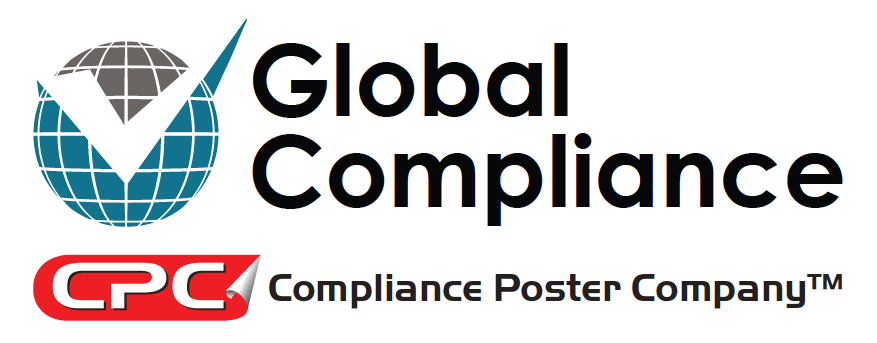Foodborne illness is a serious concern especially for the restaurant and food service industry. Although foodborne illnesses can be extremely harmful, many people who contract such an illness do not seek medical attention. Therefore they are not tested and cases of foodborne illness go undiagnosed. It happens quickly; microbes or toxins are swallowed and enter the body through the gastrointestinal tract. An “incubation period” occurs before the first signs of foodborne illness manifest in symptoms such as nausea, vomiting and abdominal cramps, among others. The Center for Disease Control (CDC) reports that annually an estimated 76 million illnesses are caused by foodborne agents.
Customers’ safety is serious and it is a tremendous responsibility on the employer to maintain aggressive food safety systems, worker training and training reinforcement. It becomes imperative that employers and restaurateurs’ know how food becomes contaminated. Because we live in a microbial world, there are many opportunities for the food we consume to become contaminated, both as it is produced and prepared. On the production side, foodborne microbes are present in healthy animals that are raised as food. Meats can become contaminated during the slaughter process. Those fresh fruits and veggies can also become contaminated if they are washed or irrigated with water that is contaminated. As for fish or sea products, they are subject to bacteria naturally present in sea water or other microbes originating from human waste dumped into the sea.
During food processing foodborne microbes can be introduced. This occurs when food comes into contact with infected humans who handle the food you eat or by cross contamination. Cross contamination occurs when microbes from one food are transferred to another food. An excellent example would be to use the same knife or cutting board to prepare raw meat products and vegetables.
What does this mean for food service employers?
Dangerous microbes are killed by the heating process. When food is heated to the appropriate temperature and in a holding container that keeps the food at the designated hot temperature the microbes are killed. This is why canned foods must be cooked to a high temperature under pressure as a common part of the canning process.
A few simple precautions, adherence to the food code and proper training and training reinforcement can reduce and even eliminate the risk of foodborne illnesses in the workplace.
Cook meat, eggs and poultry thoroughly. Adhere to the hot holding temperature of above 135° to keep hot foods hot.
Separate foods to avoid cross contamination.
Chill foods keeping cold foods cold because bacteria can grow quickly at room temperature.
Clean foods under running water to remove contaminants.
Compliance Poster Company has a complete product line of food safety posters to reinforce the training your employees and supervisors receive. The newest addition is the Hot and Cold Holding Temperature Guide Poster, product #74508. This poster comes free with a Hot and Cold Food Holding Fact Sheet. Other important posters in our “Food Safety Sense” series include Proper Produce and Ice Handling, Proper Cooking and Cooling Methods, Preventing Cross Contamination, Keep the Kitchen Clean, and Proper Ground Beef Handling. Check with Compliance Poster Company frequently because we regularly create new products that comply with state and federal health and safety laws.

